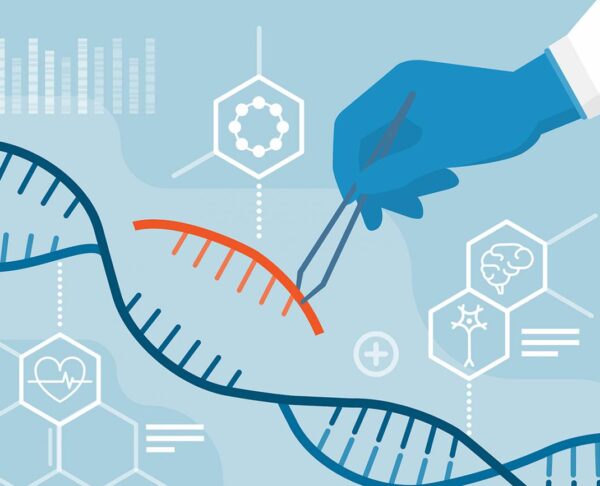Introduction
In an increasingly interconnected world, government and public sectors face growing cybersecurity challenges to protect critical infrastructure from cyber threats. Ethical hacking, also known as penetration testing, has emerged as a crucial tool to proactively identify and address vulnerabilities in government systems. This blog explores the vital role of ethical hacking in safeguarding critical infrastructure, the challenges faced, and the measures taken to strengthen cybersecurity in these sectors.
- Understanding the Significance of Critical Infrastructure:
- Defining critical infrastructure: Key sectors that are essential for the functioning of a society and the economy.
- The role of technology in critical infrastructure: How the digitization of essential services introduces cybersecurity risks.
- Ethical Hacking: The Defender’s Approach to Cybersecurity:
- Distinguishing ethical hacking from malicious hacking: Intentions and objectives.
- The ethical hacker’s mindset: Thinking like an attacker to identify weaknesses.
- Emphasizing proactive security: The value of penetration testing for pre-emptive protection.
- Government and Public Sectors’ Cybersecurity Challenges:
- Unique threats faced by government entities and public organizations: Hacktivism, nation-state attacks, and insider threats.
- Complexity of critical infrastructure systems: Managing legacy systems and modern technologies securely.
- Balancing security and accessibility: Ensuring public services remain available while safeguarding data.
- Ethical Hacking Methodologies for Critical Infrastructure:
- Penetration testing: Simulating real-world cyberattacks to identify vulnerabilities.
- Vulnerability assessment: Analyzing systems for weaknesses that could be exploited by adversaries.
- Red teaming exercises: Full-scale simulations of attack scenarios to test an organization’s preparedness.
- Protecting Sensitive Data and Infrastructure:
- Securing government databases and citizen information: Encryption, access controls, and data privacy measures.
- Safeguarding critical services: Ensuring continuity in the face of cyber disruptions.
- Strengthening infrastructure against DDoS attacks: Mitigating the impact of large-scale cyber assaults.
- Collaborative Efforts: Public-Private Partnerships in Cybersecurity:
- The importance of collaboration: Government agencies, private organizations, and cybersecurity experts working together.
- Information sharing initiatives: Enhancing threat intelligence and incident response capabilities.
- Ethical hackers as allies: How ethical hackers can assist government agencies in defending against cyber threats.
- Compliance and Regulations:
- Navigating cybersecurity regulations in the public sector: HIPAA, NIST, GDPR, etc.
- Understanding the legal and ethical frameworks for ethical hacking.
- Aligning cybersecurity practices with industry standards and best practices.
Conclusion
In the realm of government and public sectors, protecting critical infrastructure from cyber threats is paramount. Ethical hacking plays a vital role in proactively identifying vulnerabilities, fortifying cybersecurity measures, and ensuring the integrity of essential services. By fostering collaborations between government entities, private organizations, and ethical hackers, we can bolster cybersecurity efforts and create a safer digital environment for citizens, businesses, and critical infrastructure alike.




